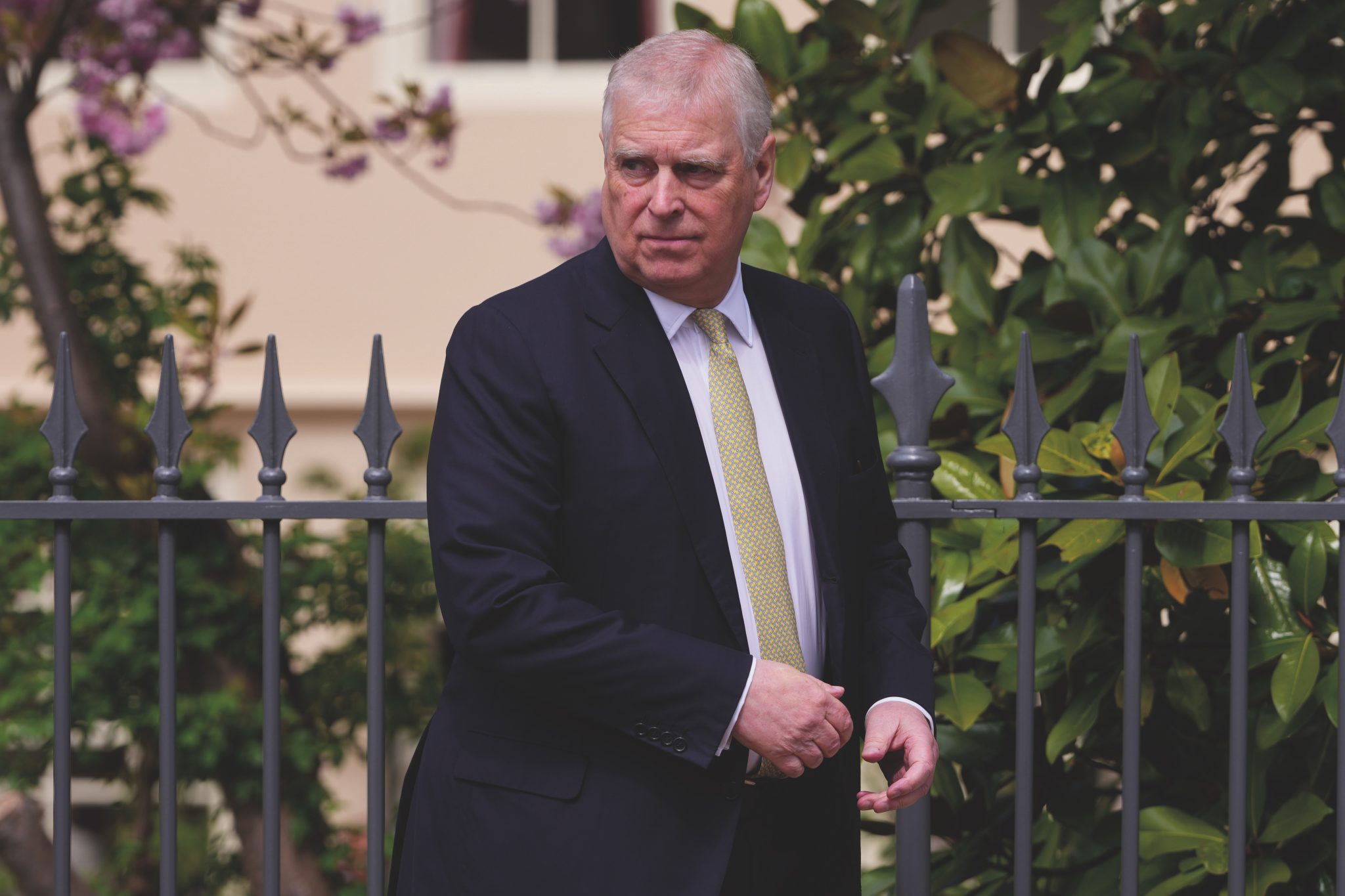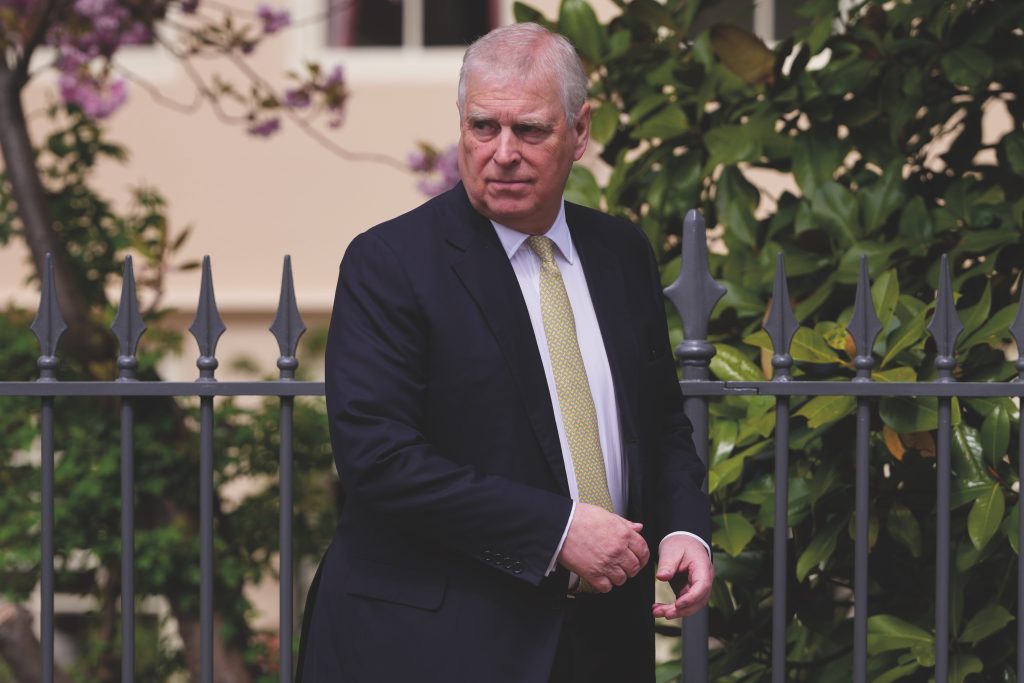Win CENS ProFlex DX5 earplugs worth £1,149 – enter here
The League Against Cruel Sports – is it going “all in”?
<strong>LACS has thrown everything at propping up the flawed Hunting Act — but has it run out of aces? Tim Bonner investigates</strong>

The League Against Cruel Sports (LACS) was formed in 1924, and 80 years later achieved its primary aim when the Hunting Act 2004, purporting to ban hunting and coursing, gained Royal Assent. Just a few weeks later, LACS? honorary secretary Lawrie Payne reported to its AGM: ?The League may need to acquire new areas of land such as moorland, foreshore and wetland for the anti-shooting campaign and? may need to dispose of properties that were purchased to further the anti-hunting campaign, but are no longer needed for that purpose.? The strategy could not have been clearer: the battle for hunting had been won and the battle for shooting was beginning. Six years later, those ?properties that were purchased to further the anti-hunting campaign? are being disposed of as fast as LACS can sell them, but not an acre has been ?acquired for the anti-shooting campaign?. Instead LACS is selling the family silver in a desperate attempt to prop up the law they thought had banned hunting.
The Hunting Act has been battered in both the media and the courts. With political momentum moving towards the repeal or replacement of its crowning achievement, LACS is desperate to try to challenge the gathering consensus that the Hunting Act is an unworkable, pointless law. The determined rearguard action of the hunting community has pushed the front line back to a place far from the vision outlined at that 2005 AGM; and it is LACS rather than hunts or shoots, which has fared worst in the past six years.
Understanding how LACS has reached its current predicament is critical to predicting how and where future threats to hunting and shooting will arise. How is it that a seemingly successful organisation, which claims support from the majority of the public for its policies, could go, in a few short years, from basking in the glory of the Hunting Act to considering several redundancies and, only last week, sacking its head of campaigns for gross misconduct?
Fundamentally this is a story about the contradiction of an organisation which could only achieve its political ends by transforming itself in a way which made it far less appealing to its traditional support base. LACS was formed by disenchanted members of the RSPCA, and for much of its existence its appeal was as a radical alternative to established animal welfare organisations. During the 1970s LACS became the progressive edge of the nascent animal rights movement, and in the 1980s it benefited from a general rise in support for anti-establishment activist groups. It was close to the even more radical Hunt Saboteurs Association and had no qualms, for instance, in employing an animal rights extremist and convicted grave desecrator on his release from prison in 1981. Membership rose and probably peaked at over 18,000 in the late 1980s.
From an early stage, however, LACS? income was becoming dominated not by funded the aggressive West Country land-purchase strategy, initiated by LACS chairman Eric Hemmingway in the late 1950s. The publicity generated by these “sanctuaries? in the West Country saw ever-more people remembering LACS in their wills, until such income was funding the majority of LACS?s operations.
Despite record membership levels and growing income, however, LACS was not making any significant political progress and, internally, the organisation lurched from crisis to crisis. Otters were protected after a pesticide-induced population crash, but a series of attempts to ban hare coursing failed ? and the defection of several senior employees who came to question the benefits of a ban on hunting hardly helped. Jim Barrington, who joined LACS in 1972 and was director for seven years until 1995, when he left to run the All-Party Parliamentary Middle Way Group and campaign against a ban, said: ?LACS had an anarchic element. Whenever you have an organisation packed with committed activists there will be conflicts, but when they are all determined that theirs is the only true path, chaos is guaranteed. During my time it was a passionate organisation, and in many ways a more honest organisation than it is now; but it was not a very professional organisation, simply because of some of the people who worked for it.?
As years of Conservative government staggered to an end in the 1990s, LACS realised it would have to change to take advantage of the close relationship it had nurtured through Labour?s barren years, not least through financial support for Labour candidates? election campaigns. Out went the animal rights activists and hunt sabs, and in came the grey men in grey suits. Douglas Batchelor, who had previously worked in the dairy industry, became chief executive in 2000. In 2001 he hired Mike Hobday, who had spent the previous 14 years working for the Labour Party and Labour politicians, to run LACS? public affairs. This was the new face of LACS: bureaucratic, presentable, political, an organisation Labour could work with. So could the RSPCA, which joined forces with LACS and the International Fund for Animal Welfare (IFAW)in the campaign against hunting. It had the ear of ministers, including Elliot Morley (released this September after being jailed over expenses fraud) and Alun Michael in DEFRA, and it used the tribal politics of the Labour Party to good effect in eventually persuading a sceptical Labour leadership to assent to the Hunting Act.
Despite the exposure the hunting debate gave LACS, its eventual success in Westminster had no effect on the bottom line. In 2007, on a rare occasion when a LACS spokesman admitted a figure, membership had dropped to below 5,000. Batchelor and his polished LACS may well have made the anti-hunting argument acceptable in parliament, but they lacked appeal to their potential supporters. What animal rights and environmental activists wanted was outspoken organisations and direct action, not a grey-suited bureaucrat. The failure of the Hunting Act hardly helped as LACS came under fire from hardline anti-hunt activists. Ever the political realist, Batchelor knew that admitting the Act was not working would only add to the case for its repeal. He steadfastly maintained the line that the law was workable, leading to a prolonged war of words with others in the anti-hunting movement. In one leaked email Peter Bunce from breakaway group Protect Our Wild Animals (POWA) referred to the absolute bollocks that Batchelor spouts at great length and frequency.
The widening disconnection between LACS and its constituency also had financial consequences. In 2008 LACS sold its headquarters, Sparling House in Southwark, moved to Godalming in Surrey and made staff redundant in order to address a cash crisis. In 2009 its West Country headquarters, St. Nicholas? Priory (which is next to the Baronsdown ?sanctuary?) was also sold. Last year LACS sold four of its West Country sanctuaries ? including Hemmingway?s Fields, named after the chairman who initiated the policy of land purchase to exclude hunts, and Linda?s Wood, planted in memory of supporter Linda McCartney. This, however, is just the beginning. Leaked financial projections which purport to come from a LACS trustees? meeting earlier this year indicate that the organisation is considering land sales of £730,000 in 2011 and £1,237,000 in 2012, leaving the flagship ?sanctuary? Baronsdown, near Dulverton, its Godalming headquarters and land on long leases as its remaining assets. Those projections suggest that income from legacies is plummeting, and, when the money from land sales dries up in 2013, LACS could face annual deficits of up to £1million.
Batchelor stood down as chief executive this year and has been replaced by Joe Duckworth, at one time the highest-paid local authority chief executive in the country. Superficially it is a like-for-like replacement. Duckworth is another bureaucrat with no previous history in the animal rights movement, but since his appointment LACS has taken a more aggressive tone on social media websites, appealing to the more strident critics of the Hunting Act.
Most notably, LACS has failed to deny it is considering redundancies in its campaigns staff to allow for further investment in ?investigations?. LACS investigators are a throwback. A mixture of ex-hunt sabs and long-term employees, they have spent the past six years trying to gather evidence of hunts violating the Hunting Act. Successes are few and far between, but that has not stopped LACS? trustees boosting spending above the £610,000 it spent on investigations in 2010 in an attempt to show the Hunting Act works. In poker terms LACS is going ?all in?, betting more than £2million-worth of assets on the Hunting Act; but there is no bluffing here. Hunting will not fold. So LACS will need to find some spectacular cards from somewhere.
For shooting, the past seven years could hardly have gone better. The Hunting Act has proved to be, at the very least, a brake on the progressive animal rights agenda; and it may yet prove to be the turning of the tide. Without clear leadership from an established, resourced organisation, political attacks on shooting have either been over individual issues ? such as the RSPCA and docking ? or by extreme organisations like Animal Aid that have little political leverage. A benign new Government and effective lobbying from BASC and the Countryside Alliance mean shooting has every opportunity to improve its position over the next few years. As ever, though, the futures of hunting and shooting are inextricably bound. The last thing shooting needs is a repeal of the Hunting Act coming off the agenda, regular prosecutions of hunts and a buoyant LACS regaining support. Only then could the anti-shooting campaign described at that 2005 LACS AGM become a reality.
Tim Bonner is the public affairs officer at the Hunting Office.
Related Articles
Get the latest news delivered direct to your door
Subscribe to Shooting Times & Country
Discover the ultimate companion for field sports enthusiasts with Shooting Times & Country Magazine, the UK’s leading weekly publication that has been at the forefront of shooting culture since 1882. Subscribers gain access to expert tips, comprehensive gear reviews, seasonal advice and a vibrant community of like-minded shooters.
Save on shop price when you subscribe with weekly issues featuring in-depth articles on gundog training, exclusive member offers and access to the digital back issue library. A Shooting Times & Country subscription is more than a magazine, don’t just read about the countryside; immerse yourself in its most authoritative and engaging publication.







